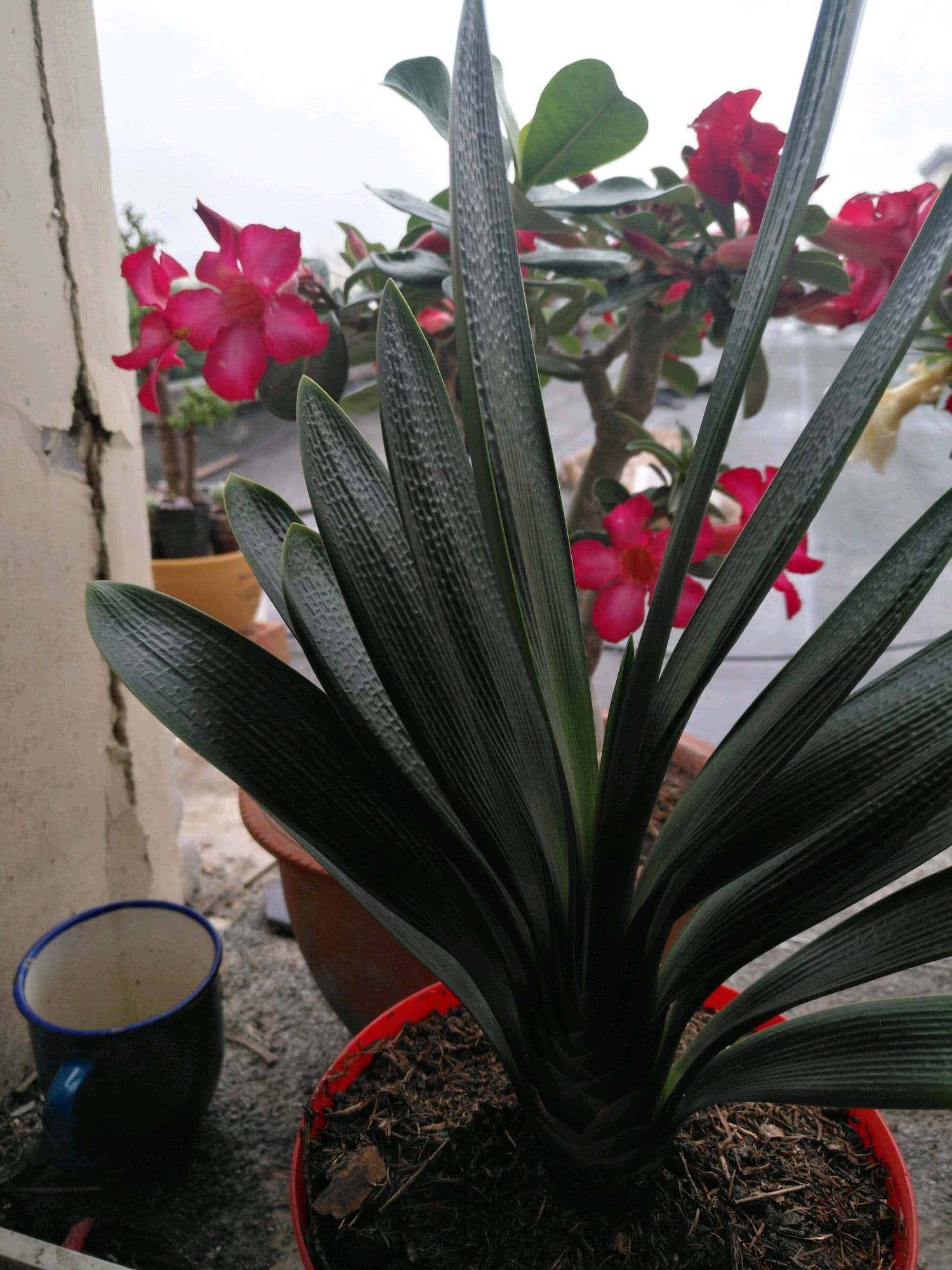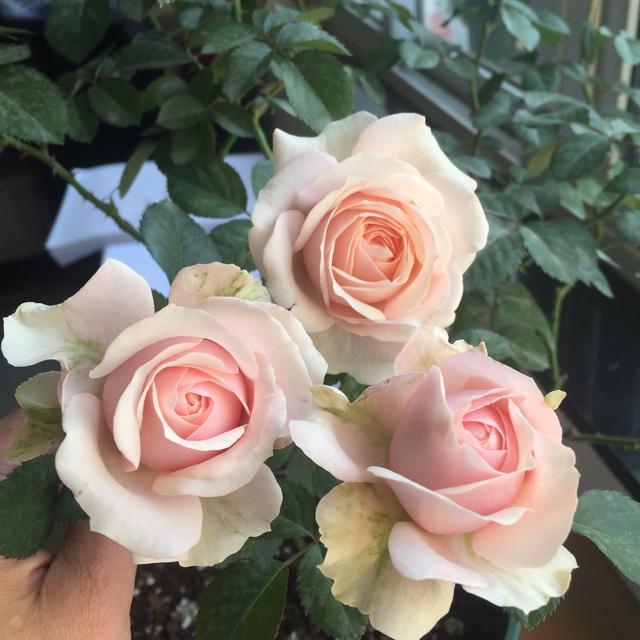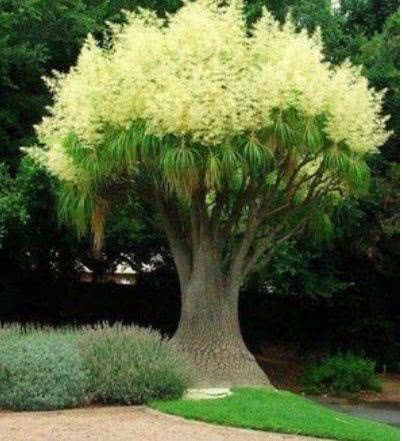In the autumn, the magnolia changed the pot and mastered four key points: wild budding, green leaves and bright flowers and arrows.

In September, the weather is getting cooler and the magnolia is gradually awakening from the dormant state. Many flower friends are asking how to change the pot for the orchid, which is also a key point for the maintenance of the orchid in autumn. One wrong step may lead to the rotten root of the orchid, not long.
If you want the orchid to recover quickly, it is necessary to grasp the four keys when changing the basin, so that the magnolia can have long white roots, wild buds, shiny leaves and swishing arrows.
Key one: go through the water but not the soil.
The pots we use for the magnolia are also various, but after all, we still have to consider the problem of ventilation and drainage. If you use a gallon basin, it is best to pad a few stones, cover the drainage hole, let the basin only drain and not remove the soil, and then cover a layer of plant material, rotten leaf soil and nutrient soil, but spray some water to keep the plant material in a slightly tidal state.
Key two: enough fat.
In autumn, magnolia grows vigorously and needs fertilizer, so when it comes to potting, the key step is to add some base fertilizer, and there are a variety of choices of base fertilizer, such as pockmarked seed, perilla seed, and so on. It is more troublesome to obtain these, but more simply, we can use hay, peanut shells and eggshells.
This hay is rich in nitrogen, phosphorus and potassium, and the eggshell can also provide certain calcium and phosphorus to the orchid. Peanut shell can increase the air permeability of the soil. The soil basically meets the characteristics of loose, fertile and nutritious, and there are no problems with maintenance. The magnolia can grow well naturally.
Autumn is the key period for the budding of Cymbidium, so the maintenance of Cymbidium at this stage should not only have enough base fertilizer, but also give it some phosphorus and potassium fertilizer at the right time. After taking the basin, you can pour some phosphorus and potassium fertilizer every 10 days to make the leaves green and bright, the flowers swishing, and the flowers bright and colorful.
Key three: root-soil contact
Before changing the basin, it is recommended to stop the water for a few days, so that the gentleman orchid is better off the basin. After taking out the magnolia from the original basin, first remove the original soil, but the action should not be too big, so as not to hurt the root system. After cleaning the soil, clean the roots, cut off the empty roots and rotten roots, and then apply a little plant ash to the wound to prevent the wound from rotting.
After dealing with the roots, the magnolia can be planted in a new pot, at this time, we have to pay attention to one detail, because the roots are currently exposed, directly put into the basin and fill the soil, it will cause the root system to be hollow and unable to touch the soil, so the root system will not grow well naturally.
In order to avoid this situation, we can first hold the soil, stuff it into the bottom of the root system of the orchid, then wrap it up, put the leaning tower into the basin, and then take the false bulb as the center, fix the orchid, put it in the center of the basin, and then fill and compact. let the root system come into close contact with the soil.
Key 4. Slow pouring of fixed root water
Gentleman orchids and orchids are the same, are fleshy roots, after the orchids on the pot, we often suggest that do not immediately pour fixed root water, because when changing pots, the root system is damaged to a certain extent, pouring water at this time will increase the probability of rotting roots, for gentleman orchids, it's the same.
So when should the root water be poured? Depending on the dry and wet condition of the basin soil, generally speaking, the wound of the root system can have a process of recovery after 3-5 days, because when it comes to the basin, the fluvo-aquic soil is used, and the fleshy root also has a certain water storage capacity, so there is no need to worry that the root system will dry up.
Change the basin for the orchid, these four points can be done well, so that your orchid can grow prosperous and blossom violently.
- Prev

The new type of indoor potted flower plants are as short and beautiful as roses and are easy to raise when they bloom all the year round.
Guide green potted plants is a necessary embellishment of home life, raising some flowers and plants at home, many benefits, not only can beautify the room, but also happy mood. Hua Sheng potted Plant Diary No. 1263 will introduce you to a new type of indoor potted flower.
- Next

No matter how expensive these kinds of green plants are, they should be kept in the living room and good for your health.
Some families like to raise flowers and trees. The green planting of flowers can decorate the room, purify the air, and can also have flowering plants. Then, some plants in life can be put in the living room to make the house prosperous and make the body better.
Related
- Wuhan Hospital Iron Tree Blooming Result Was Instantly Frightened by the Gardener Master
- Which variety of camellia is the most fragrant and best? Which one do you like best?
- What is the small blue coat, the breeding methods and matters needing attention of the succulent plant
- Dormancy time and maintenance management of succulent plants during dormancy
- Minas succulent how to raise, Minas succulent plant pictures
- What are the varieties of winter succulent plants
- How to raise succulent plants in twelve rolls? let's take a look at some experience of breeding twelve rolls.
- Attention should be paid to water control for succulent plants during dormant period (winter and summer)
- Watering experience of twelve rolls of succulent plants
- Techniques for fertilizing succulent plants. An article will let you know how to fertilize succulent plants.

